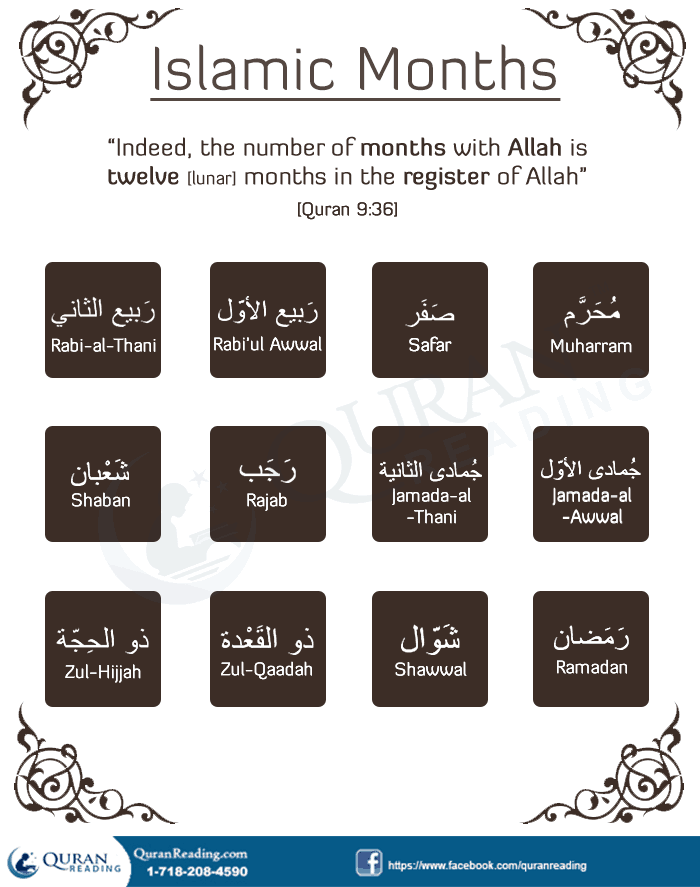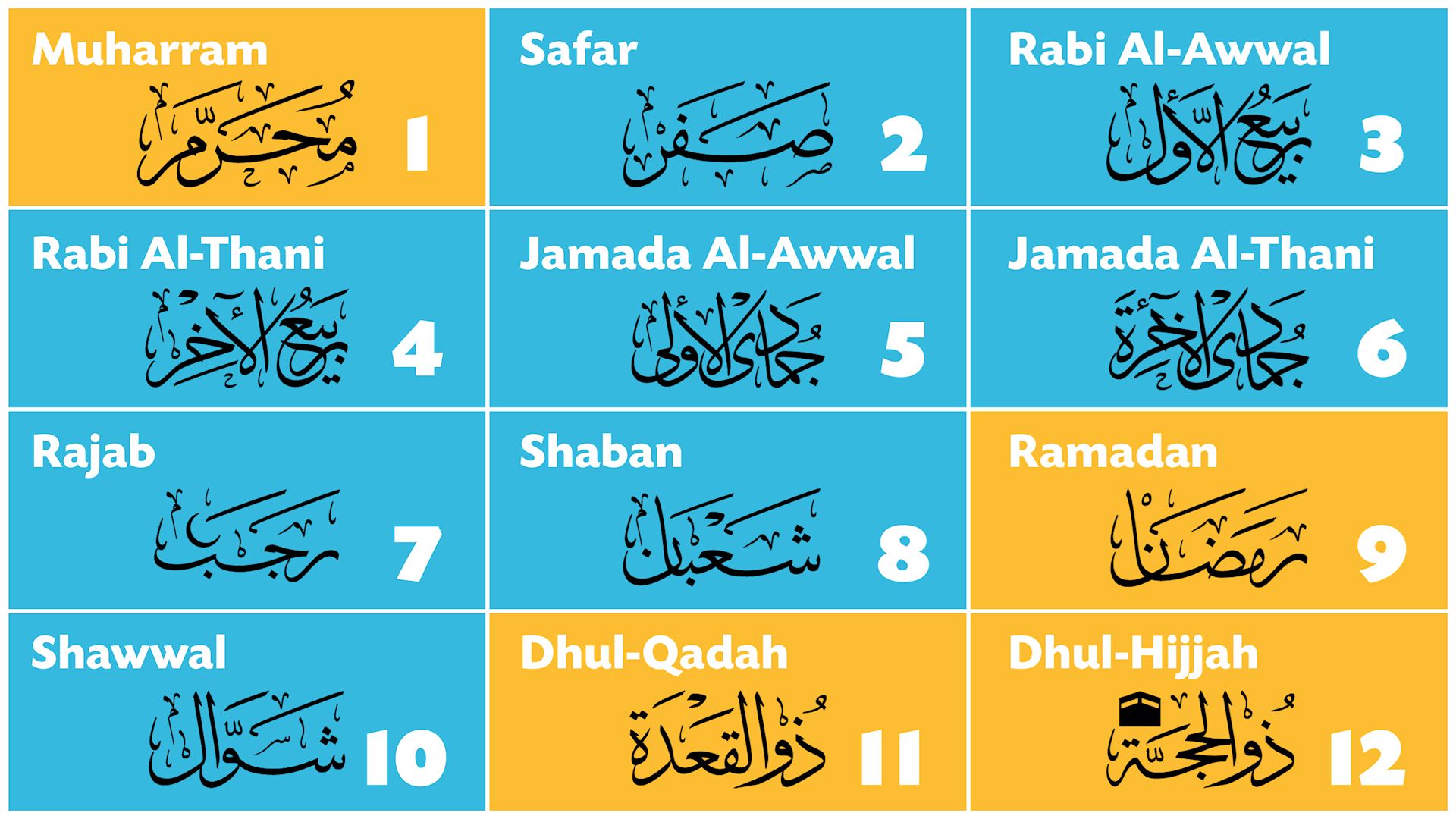
How did the land where the Islamic calendar was first established and remained in use for more than fourteen centuries come to such a decision? Why have so many Muslims become unaware of the months and years of the Islamic calendar? The purpose of this article will be to examine the history of the Islamic calendar, and to understand how its role as a marker of Islamic identity has diminished.Īs we will see in more detail below, the Islamic calendar is a lunar calendar that plays an important role in the sanctification of time for Muslims. 2 Other countries have followed suit and have begun to relegate the Islamic calendar to religious matters, detaching it from civil life. The Kingdom has used the Islamic calendar ever since the country was founded in 1932, but as part of Vision 2030 switched to the Gregorian calendar for determining the pay schedules of public sector employees in 2016, effectively increasing the workload by eleven days per year. In Turkey we use Julian calendar which was implemented in 1925 during the reforms of Ataturk.Recently, the Crown Prince of Saudi Arabia, Muhammad bin Salman, chose to call his transformation plan for the country Vision 2030 rather than Vision 1451 (the corresponding Islamic year), which was surprising given the Kingdom’s long history of adhering to the Islamic calendar for both civil and religious matters. For example, in 2008 Ramadan holiday ( Eid-ul-Fitr) started on September 30th, then in 2009 on September 20th, then in 2010 on September 9th, then in 2011 on August 30th, and so on. Since a lunar year is 11 days shorter than the solar year, Islamic holidays shift 11 days earlier each solar year. It's used by Muslims to determine the proper day on which to celebrate Islamic holidays and important religious days. The Islamic calendar is also named as Muslim calendar, Hicri calendar, and Qamari (Kameri) calendar in different parts of the Islamic world. Starting from 31st August 2019, the Hijra year will be 1441. When we come to our times, until 30th August 2019 it's the year 1440 of Hijra. Of course, this calculation was made based to January 1st 2008 and the math gave us the number 1427,9977 (almost 1428). It means that 1427 years have already passed from Hijra so it will be the year 1428. For example, if you'd like to find to what date the 1st of January 2008 equals in the Islamic calendar, you should do: (2007 - 621,536) x l,0307 = 1427,9977. And because the Hijra was on 15th of July 622, there is a phase difference of 621,536 years between these two calendars.

According to this, 1 lunar year = 0,9702 solar year, or 1 solar year = 1,0307 lunar year. The solar calendar we use today is approximately 365 days 5 hours 48 minutes long, so a lunar calendar is 10 days 21 hours shorter. The average length of an Islamic year is calculated from the day's distribution over the years: (19x354 + 11x355) / 30 = 354 days 8 hours 48 minutes. Making these adjustments, time and day differences are synchronized, and only every 2400 years you have to add one extra day to the year. During the leap years, this extra day is added to the last month of the year (Dhu al-Hijjah month). Therefore, in order to synchronize the gap, in a 30-year period there will be a total of 19 years which will be 354 days long and other total of 11 years will be 355 days long (leap years). Every 30 years this difference will cumulate and will be 11 days 0 hours 18 minutes 0 seconds.

In order to define which one will be 29 days and which one 30, the moon phases are considered.īut the real Lunar month is exactly 44 minutes and 3 seconds longer than 29,5 days, so that makes each year of 354 days 8 hours 48 minutes 36 seconds. Therefore, six of the months are considered 29 days, and the other six 30 days, alternated of course. Each of these months are about 29,5 days long and thus one year is completed with 354 days.

In the Islamic calendar there are 12 months: Muharram (Muharrem in Turkish), Safar (Sefer), Rabi' al-awwal (Rabiyülevvel), Rabi' al-thani (Rabiyülahir), Jumada al-awwal (Cemaziyülevvel), Jumada al-thani (Cemaziyülahir), Rajab (Recep), Sha'aban (Şaban), Ramadan ( Ramazan), Shawwal (Şevval), Dhu al-Qi'dah (Zilkaade), Dhu al-Hijjah (Zilhicce). Unlike the Gregorian (or Julian) calendar which is based on solar months, the Islamic calendar is based on lunar months One turn of the moon around the earth is one year.

The Islamic calendar starts with the Hijra (or Hegira) in 622 AD, when Muhammad (p.b.u.H) and his followers migrated from Mecca to Medina in order to escape persecutions.


 0 kommentar(er)
0 kommentar(er)
